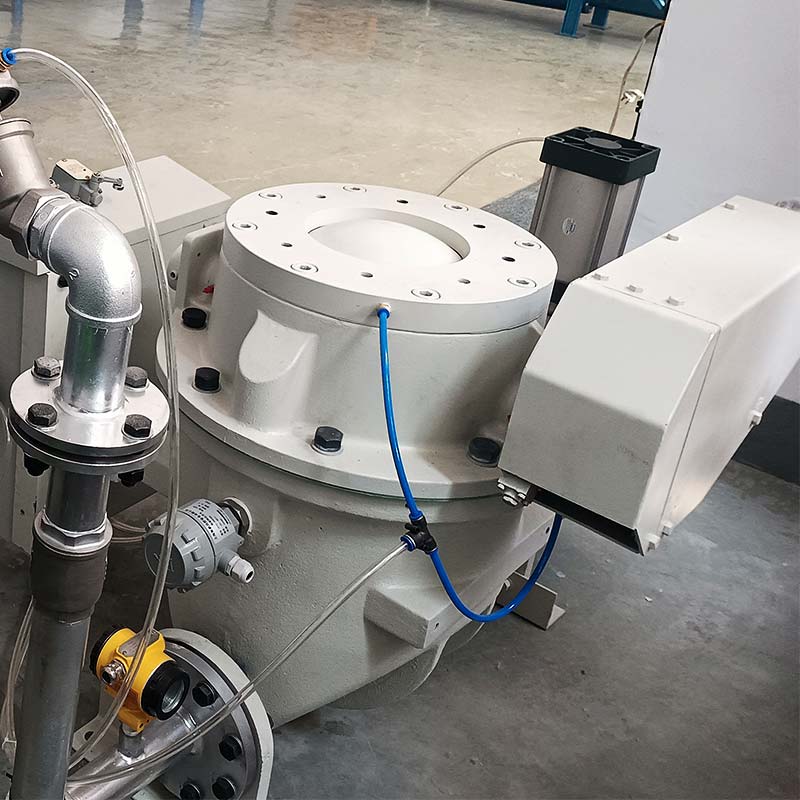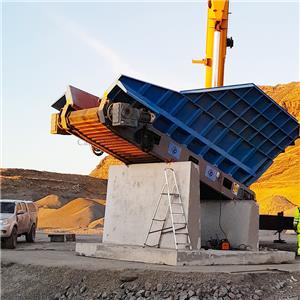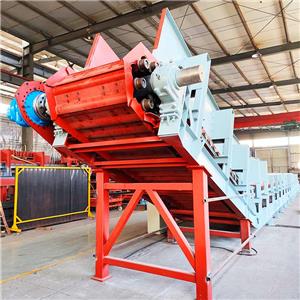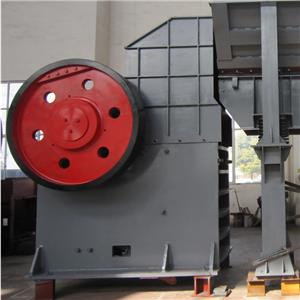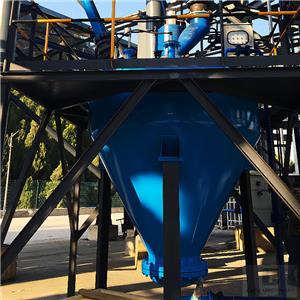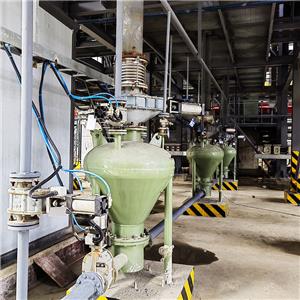- Home
- >
- Products
- >
- Powder Pneumatic Conveying System
- >
- AV Pump Pneumatic Conveying System

AV Pump Pneumatic Conveying System
Product origin :China
The AV pump fly ash handling system is a reliable solution tailored to the specific dust handling needs of thermal power generation, especially in the handling of fly ash in boiler hoppers, in small quantities or in situations where installation space is limited.
Overview of AV Pump Pneumatic Conveying System
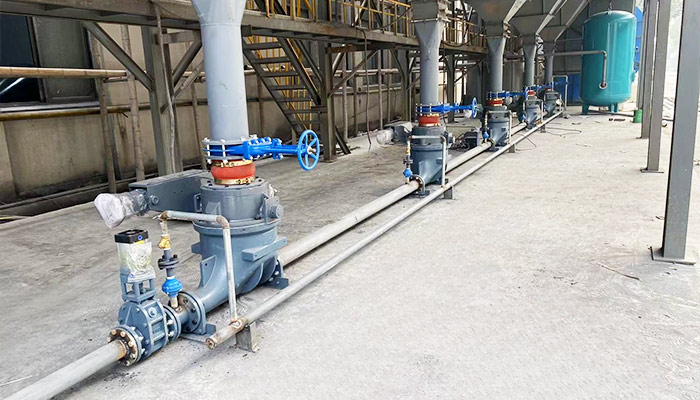
The AV Pump, also called the Ash Tank Pump or Pneumatic Pump, takes compressed air as its power source. It is ingeniously designed for dust collectors with relatively small ash discharge volume, multiple ash discharge points, large ash specific gravity, and limited installation space.
This system offers a flexible process layout. Its low installation height makes it suitable for various factory environments. In multi - point ash discharge working conditions, 4 - 8 pumps can be serially and synchronously operated with one control system, enabling large - scale ash conveyance, high ash concentration, low air consumption, stable operation, simple operation, energy conservation, and long - term use. It is ideal for single or multiple pumps operating synchronously in a scattered ash discharge process.
Key Components and Working Principle
The core of the AV Pump Pneumatic Conveying System lies in its utilization of compressed air. Compressed air acts as the driving force to transport ash materials. The system mainly consists of the AV pump body, control cabinet, and relevant pipelines and valves.
The pump body, made of cast iron, can withstand a design temperature of 150°C. The working medium includes compressed air and ash powder. When operating, compressed air is introduced, creating a pressure difference that pushes the ash materials to be conveyed through the pipeline, realizing the efficient transfer of ash from the dust collector to the designated location.
Advantages of AV Pump Pneumatic Conveying System
1.Flexible Layout and Installation
With its low installation height and flexible process layout, the system can be easily integrated into existing factory setups, even in spaces with installation constraints. This adaptability reduces the need for major structural modifications during installation.
2.High - Efficiency Conveying
In multi - pump serial operation, it can achieve large - scale ash conveyance with high ash concentration.
3.Energy - Saving and Stable Operation
The system is designed to have low air consumption. Stable operation is ensured even in continuous working conditions, and simple operation reduces the labor intensity of workers. Energy conservation also helps enterprises reduce operating costs in the long run.
Specification Parameters and Model Selection
Model | Design Temperature | Pump Body Material | Volume | Air Volume | Capacity |
42L | 150°C | Cast Iron | 42 | 1 - 2m³/min | 0.7 - 1m³/h |
85L | 150°C | Cast Iron | 85 | 2 - 3m³/min | 1.5 - 2m³/h |
180L | 150°C | Cast Iron | 180 | 4 - 5m³/min | 3 - 4m³/h |
Application Scenarios
The AV Pump Pneumatic Conveying System is particularly suitable for dust collector systems in industries such as thermal power, metallurgy, and chemical engineering. In thermal power plants, it can efficiently convey the ash collected by dust collectors in boilers, ensuring the normal operation of the dust removal system and reducing environmental pollution. In metallurgical enterprises, it can handle the dust generated in smelting processes, contributing to a clean production environment.
Choose CAFU to Customize Your Ash Handling System
The AV Pump Pneumatic Conveying System provides an efficient, flexible, and energy-saving solution for dust conveying in dust collector applications. It excels in layout adaptability, conveying efficiency, and stable operation, making it the first choice for power plants to optimize dust handling processes and achieve environmental protection and production efficiency goals.
Customized design of general fabricated steel silo needs to provide: 1. Storage material name 2. Density of storage material 3. Storage material particle size 4. Storage capacity 5. Feeding method 6. Discharge method and size of discharge port 7. The height of the discharge port from the ground...more

